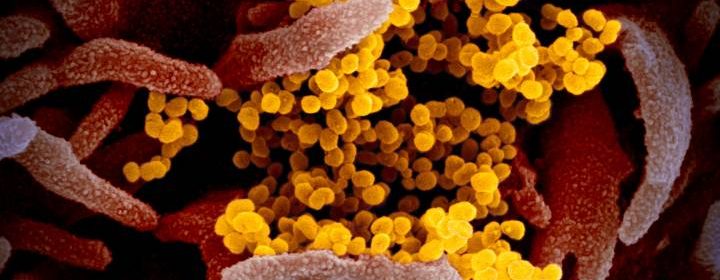More evidence that healthy people spread coronavirus, scientists say

Scientists offered more evidence Wednesday that the coronavirus is spread by seemingly healthy people who show no clear symptoms, and the federal government issued new guidance warning that anyone exposed to the disease can be considered a carrier.
A study by researchers in Singapore became the latest to estimate that somewhere around 10 per cent of new infections may be sparked by people who carry the virus but have not yet suffered its flu-like symptoms.
In response to that study and others, the Centers for Disease Control and Prevention changed how it defined the risk of infection for Americans. The agency’s new guidance targeted people who have no symptoms but were exposed to others with known or suspected infections. It essentially says that anyone may be a carrier, whether that person has symptoms or not.
The findings complicate efforts to gain control of the pandemic and reinforce the importance of social distancing and other measures designed to stop the spread, experts said.
“You have to really be proactive about reducing contacts between people who seem perfectly healthy,” said Lauren Ancel Meyers, a University of Texas at Austin researcher who has studied coronavirus transmission in different countries.
The newest research was published online by the CDC. It focused on 243 cases of coronavirus reported in Singapore from mid-January through mid-March, including 157 infections among people who had not traveled recently. Scientists found that so-called pre-symptomatic people triggered infections in seven different clusters of disease, accounting for about 6 per cent of the locally acquired cases.
[ Sign up for our Health IQ newsletter for the latest coronavirus updates ]
One of those infections was particularly striking. A 52-year-old woman’s infection was linked to her sitting in a seat at a church that had been occupied earlier in the day by two tourists who showed no symptoms but later fell ill, investigators said after they reviewed closed-circuit camera recordings of church services.
An earlier study that focused on China, where the virus was first identified, suggested that more than 10 per cent of transmissions were from people who were infected but did not yet feel sick.
In the initial months of the pandemic, health officials based their response on the belief that most of the spread came from people who were sneezing or coughing droplets that contained the virus.
Another kind of coronavirus caused the deadly severe acute respiratory syndrome, or SARS, which was first identified in Asia in 2003 and caused a frightening but relatively short-lived international outbreak that never spread as widely as the new virus.
Although some asymptomatic infections were discovered, none were found to have spread the disease. Because symptomatic people were the spreaders, health officials could focus on them to see an outbreak happening and could better isolate infected people and stop the spread.
“It was much, much easier” to contain, Bergstrom said. With the new coronavirus, “we clearly have asymptomatic and pre-symptomatic transmission,” he added.
— The Associated Press Health and Science Department receives support from the Howard Hughes Medical Institute’s Department of Science Education. The AP is solely responsible for all content.
Source: Read Full Article

